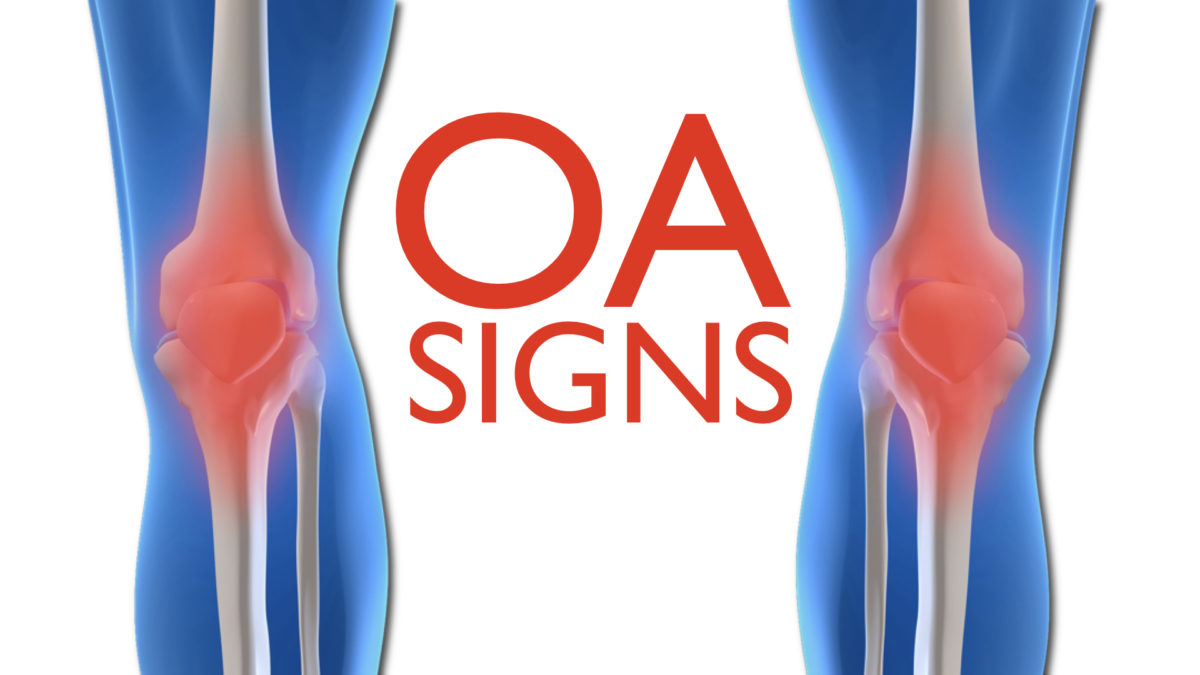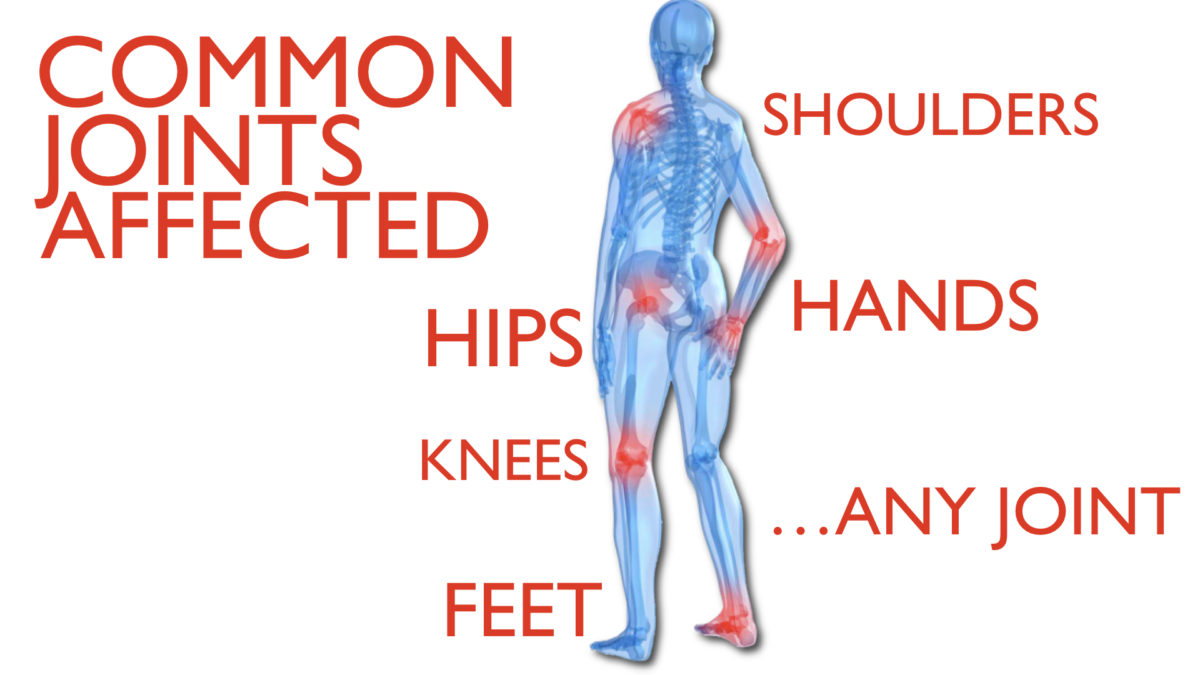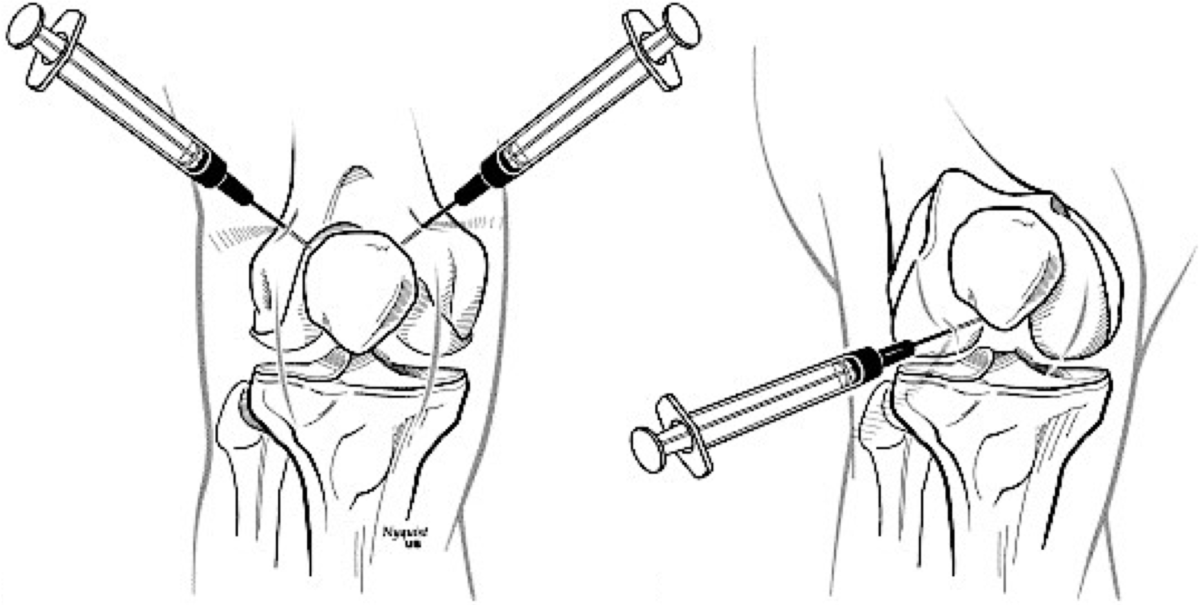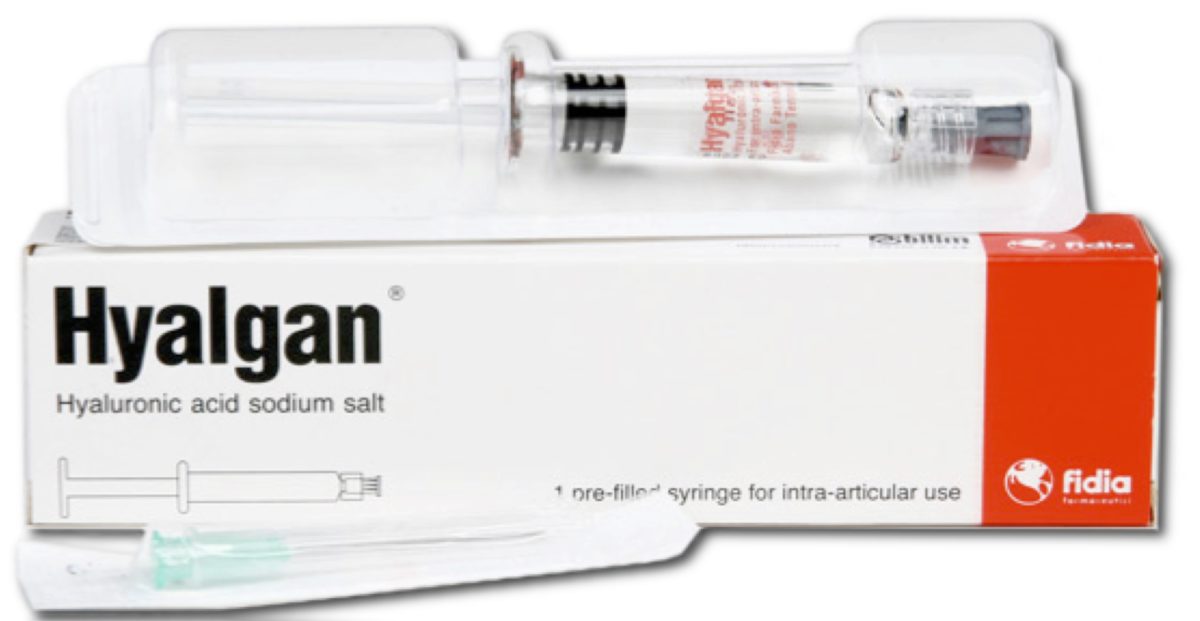Knee Pain Arthritis
How To Prevent Knee Pain Arthritis
Knee arthritis is a disease that occurs when the cartilage (cushiony tissue) between the two knee bones breaks down in the joint. As the cartilage wears down, the bones increasingly rub against each other and eventually the cartilage may disappear completely. Arthritis can cause a lack of joint mobility. This degeneration can cause stiffness, pain, swelling and weakness. Muscle weakness may lead to a fall which can cause further injury to the knee, hip joint and law back.
Osteoarthritis is a slow process that develops over many years or even decades. It commonly develops after an injury to the joint or may be due to excessive use. The rate of progression and severity of symptoms vary from person to person. Some patients may require medical treatment intervention such as Hyaluronan and Traumeel injections directly into the knee joint.
SIGNS OF KNEE PAIN ARTHRITIS (OSTEOARTHRITIS-OA)
STIFFNESS OF THE KNEE
’CRUNCHING’ FEELING OR ‘CREAKING’ SOUND OF BONE RUBBING ON BONE
INSTABILITY AND BUCKLING OF THE KNEE
LOSS OF KNEE FUNCTION
PAIN IN AND AROUND THE KNEE
PAIN WORSENS WITH ACTIVITY AND IMPROVES WITH REST
PAIN PRESENT AT REST AND MAY AWAKEN PATIENT FROM SLEEP


ARTHRITIS AFFECTS AND STATISTICS
COMMON JOINTS AFFECTED BY ARTHRITIS: Neck, Shoulder, Hands, Knee, Feet
Across the United States an estimated 54.4 million US adults (22.7%) annually have been diagnosed with some form of arthritis. degenerative joint arthritis, rheumatoid arthritis, lupus, gout, or fibromyalgia. In the state of Iowa, the incidence of arthritis is 22-24.2%. In general men suffer with osteoarthritis more than women when under the age of 45. However, woman over 45 suffer a higher incidence than men. These statistics are from 2013–2015. To learn more see the Centers for Disease Control and Prevention – CDC Arthritis Stats.
ARTHRITIS AFFECTS PEOPLE IN THE FOLLOWING WAYS: restricted daily activities, limitations at work, limited personal and family life, psychological effects, and increased financial burdens.
TREATMENT OPTIONS FOR KNEE PAIN ARTHRITIS
Non-drug therapies: health and behavior modifications, patient education, physical/occupational therapy, exercise therapy, weight loss, braces, orthotics and assistive devices.
Drug therapies
Over the counter medications
Non-prescription: Tylenol (actaminophen), Bengay (methylsalicylate), Aspercreme (trolaminesalicylate), Aleve (naproxen), Motrin (ibuprofen), Advil (ibuprofen).
Prescription: Ultram (tramadol/hydrochloride), Ultracet (tramadol), Arthrotec (dicloflenac sodium, misoprostol), Daypro (oxaprozin), Celebrex (celecoxib)
Injections
Corticosteroid – used to reduce short-term joint pain and inflammation. A person can only receive a small number of corticosteroid treatments because of the side effects which include: increased blood sugar, inflammation, allergies and the fact the joint can worsen with repeated treatments.
Used for the pain treatment of knee pain arthritis in patients who have failed to respond to conservative non-pharmacologic therapies. The major ingredient component of HYALGAN® is a substance that is naturally derived called hyaluronan. Hyaluronan fluid maintains the joint integrity by cushioning and lubricating the knee joint. Hyaluronan is a chemical found and made in the human body and is present in joint tissues, especially the fluid that fills the joint called synovial fluid. HYALGAN® is injected directly into the knee joint using prcission treatment techniques.



